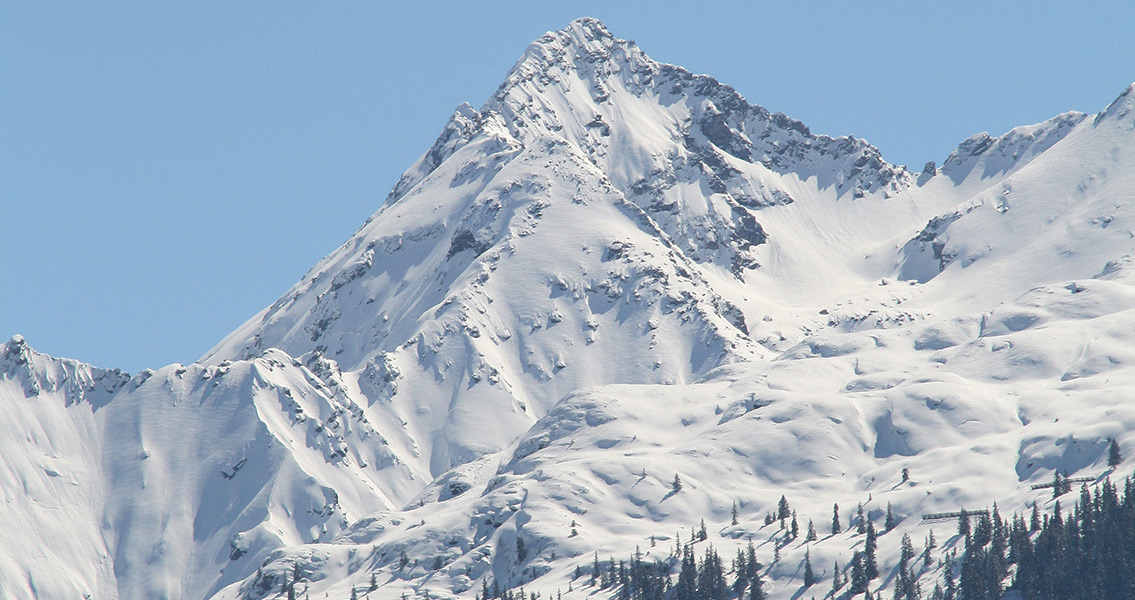<![CDATA[They have been mining in the Alps for a long time, in the Austrian region of Montafon for even longer than first thought – since the Bronze Age. Professor Rüdiger Krause with the Institute of Archaeological Sciences along with researchers from Goethe University in Frankfurt was able to detect ancient traces of middle Bronze Age mining operations while prospecting in the Bartholomaberg region at an elevation of 1450 meters. The discovery was made thanks to C14 dating, which is also known as the radiocarbon dating method. C14 makes it possible to obtain a comparatively precise age classification based on the decreasing radioactivity of carbonaceous material like charcoal. Researchers used the same dating method to determine that towards the end of the Early Middle Ages – 2,500 years later – mining resumed in the same area given the obvious traces in the terrain from this time as well. This gives the area the distinction of being one of the oldest, provable mining areas found to date in this mountainous region of Europe. According to Professor Krause these findings have caused a minor sensation in the academic world because Bronze Age mining in the Montafon area wasn’t even considered a possibility, even though iron-smelting furnaces from the year 843 have been documented in the nearby town of Druengau. In fact, there are very few places that show any evidence of mining, and that occurred later, during the early and late Middle Ages. The only other comparable ancient mining activity is located in the Eastern Alps at the famous Mitterberg mining area, where galleries were dug by Bronze Age miners as deep as 200 meters. Professor Krause and his research team (which includes a large number of Goethe University students) have been researching in the Montafon region (located in the Central Alps) for 15 years, exploring early settlement mining and history in what they refer to as a unique Inner-Alpine "settlement chamber" complete with Iron Age and Bronze Age settlements and Bronze Age castle-like buildings constructed with stone walls up to 3 meters thick. Excavations in the mining areas are scheduled to start again next summer. Archaeological research in the Montafon area is a special priority because of its colonization history by Bronze Age and Iron Age settlements. It’s regarded as a model region for interdisciplinary research including archaeobotany, metal analysis, (particularly heavy metals indicative of ancient mining) and soil science. Work is also focused on what originally induced people to settle in the Alpine valley and at what point did mining activity begin to supplement their economy. It’s known from previous research that the area has been continually inhabited since approximately 2,000 BCE. 4,000 years of settlement history has been documented in Montafon. The scientific breakthroughs in this area are now also being presented in a book, which richly illustrates the ancient history of the Alpine valley using the research at Montafon along with other projects as examples. The book is said to capture the areas unique settlement history. The book, and the research has been possible due to funding from the German Research Foundation.]]>
Bronze Age Alpine Mining Not Impossible
